- About us
- Support the Gallery
- Venue hire
- Publications
- Research library
- Organisation chart
- Employment
- Contact us
- Make a booking
- Onsite programs
- Online programs
- School visit information
- Learning resources
- Little Darlings
- Professional learning
Elizabeth Blackburn AC (b. 1948) became the first Australian-born female Nobel laureate when she was jointly awarded the 2009 Nobel Prize for Physiology or Medicine. Born in Hobart, she completed her undergraduate degree at the University of Melbourne, undertook her PhD at Cambridge and commenced postdoctoral research at Yale in 1975. She joined the Department of Molecular Biology at the University of California, Berkeley in 1978; in 1984, she and Carol Greider, who'd been her doctoral student, confirmed the existence of an enzyme, telomerase, which replenishes the telomere – a protective 'cap' at the end of the chromosome – offering hope for cancer treatment and clues to the mystery of ageing. Blackburn moved to the Department of Microbiology and Immunology at UC San Francisco in 1990. In 2001 she was appointed to the President's Council on Bioethics, but was dropped from the council after criticising the Bush administration's negative stance on embryonic stem cell science. President-elect of the American Association for Cancer Research, her many awards include the Heineken Prize, the Lasker Award and the L'Oréal-UNESCO Award for Women in Science.
Australian-born, Los Angeles-based photographer Hugh Hamilton captured this portrait of Blackburn in a boardroom at Microsoft’s Mountain View campus in California. Eager to get back to her research, Blackburn granted Hamilton five minutes to take the photograph.
Purchased with funds provided by Marilyn Darling AC 2011
© Hugh Hamilton/Copyright Agency, 2024
Marilyn Darling AC (33 portraits supported)
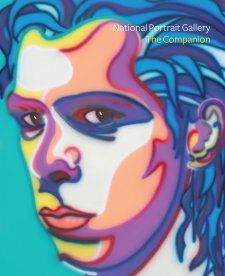
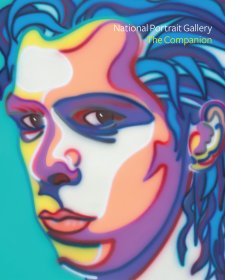
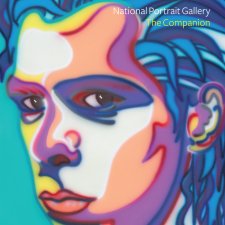
On one level The Companion talks about the most famous and frontline Australians, but on another it tells us about ourselves.
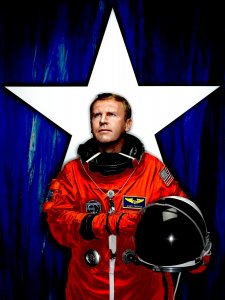
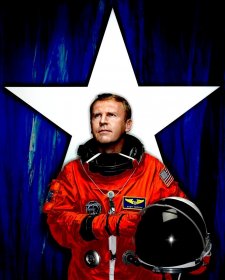

This exhibition showcases portraits acquired through the generosity of the National Portrait Gallery’s Founding Patrons, L Gordon Darling AC CMG and Marilyn Darling AC.
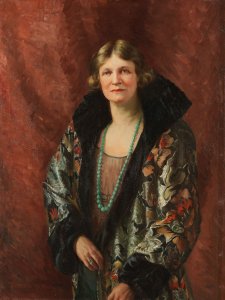
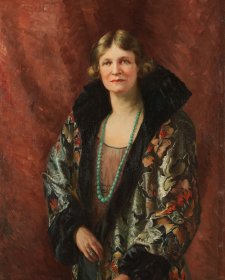
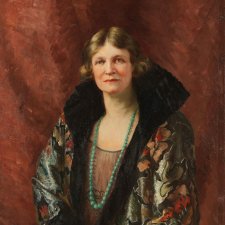
First Ladies profiles women who have achieved noteworthy firsts over the past 100 years.